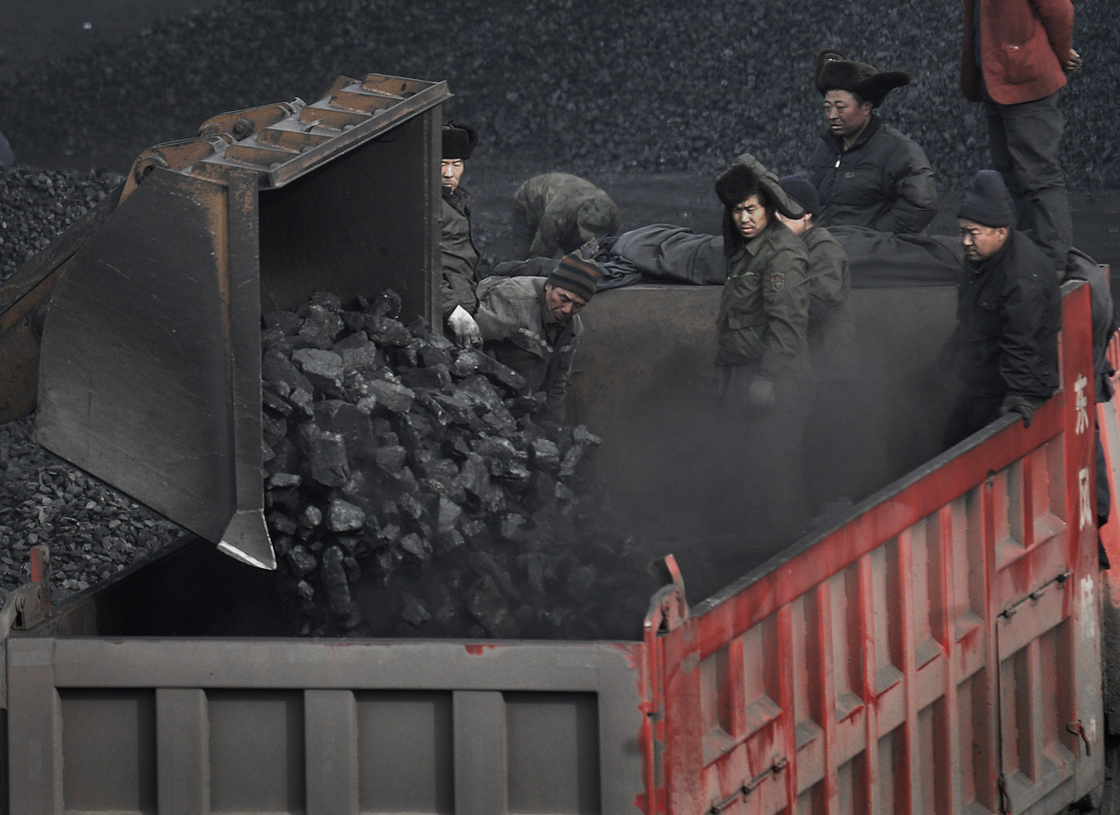Coal is the largest and most widespread fossil fuel resource providing 23 per cent of the world’s energy. However widespread concern about environmental emissions from coal has started to limit the growth in use of this important energy source.

While metallurgical coal and thermal coal have similar geologic origins, their commercial markets and industrial uses are vastly different.
Thermal coal or steaming coal is burned for steam to run turbines to generate electricity either to public electricity grids or directly by industry consuming electrical power (such as chemical industries, paper manufacturers, cement industry and brickworks). During power generation the coal is ground to a powder and fired into a boiler to produce steam to drive turbines to produce electricity.
- Major producers: China, Australia, South Africa, Colombia, Russia, United States, Indonesia
- Major exporters: Australia, South Africa, Colombia, Russia, United States, Indonesia
- Markets: Thermal coal demand rose dramatically during 2007 and 2008, primarily due to the increasing demand for power generation in the Far East. Prices also hit historic highs in mid-2008 of around US$200. Although the global financial crisis has had an impact on power generation forecasts, electricity production from coal is continuing at much the same pace as before and energy experts believe that thermal coal prices are unlikely to fall below these levels in the longer-term.
- Demand: Forecast to increase at a steady pace through to 2013 and beyond.

Get daily National news
Metallurgical coal or coking coal is used in the process of creating coke necessary for iron and steel-making. Coke is a porous, hard black rock of concentrated carbon that is created by heating bituminous coal without air to extremely high temperatures.
- Major producers: Australia, Canada, United States
- Major exporters: Australia, Canada, United States
- Markets: Coking coal demand and prices reached record price levels during 2008 mainly because of China’s dramatic increase in production of steel in recent years and demand for coking coal. Indian steel mills were also driving the demand for coking coal, but not on the scale of the Chinese. The credit crisis and global economic slowdown have undercut customers in key markets – construction, automobiles and industrial equipment – sending prices tumbling and prompting steel companies to slash production, scale back shipment forecasts, delay expansion and cut back the workforce.
- Demand: Dramatically decreasing with decreased demand for steel
Overall, some analysts say the fall of of coking coal prices has not had an impact on thermal coal prices. The medium to long-term stability of thermal coal demand and prices is expected to continue. Coking coal demand, on the other hand, is expected to remain low.
~ Sources: Australian Institute of Energy, About Energy, Steelonthenet.com and Homeland Energy Group.
- Surrey police say home possibly targeted in 3 separate shootings
- Some B.C. highways in North Coast reopen after closures due to flooding
- B.C. paramedics union warns of potential job action as bargaining talks break down
- Haircut, hornet and luggage woes triggered B.C.’s most unusual 911 calls in 2025








Comments